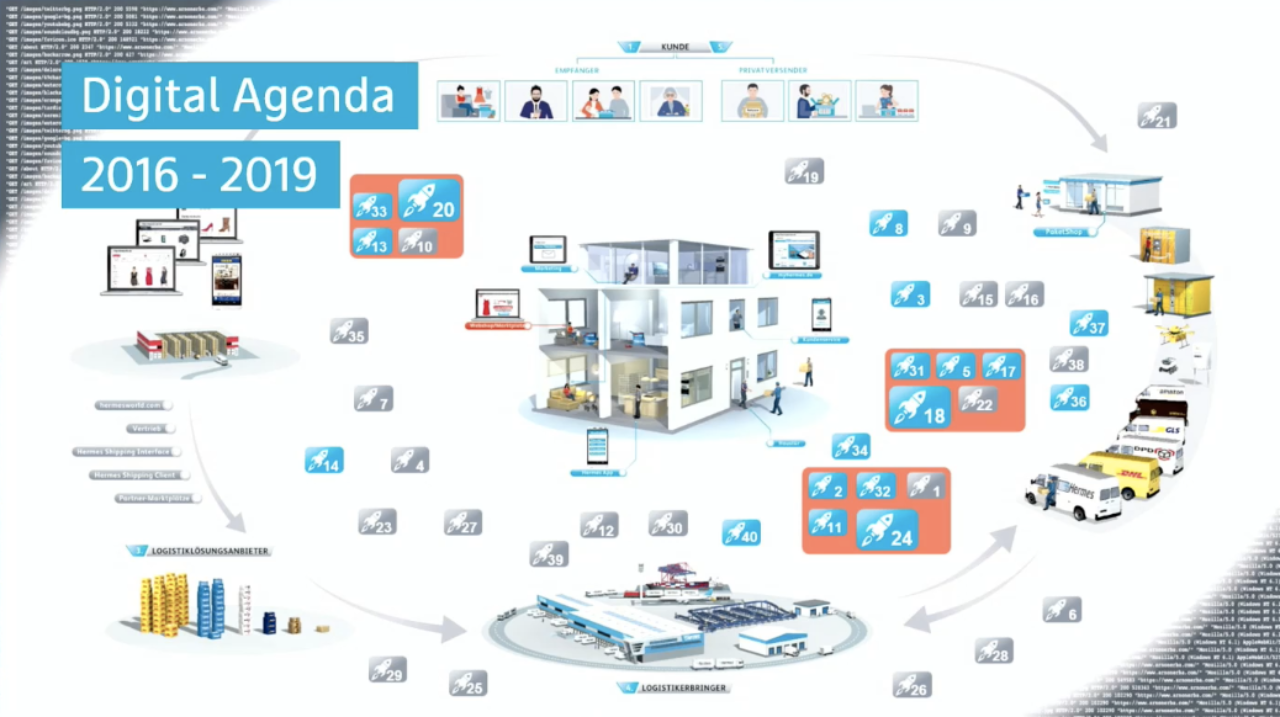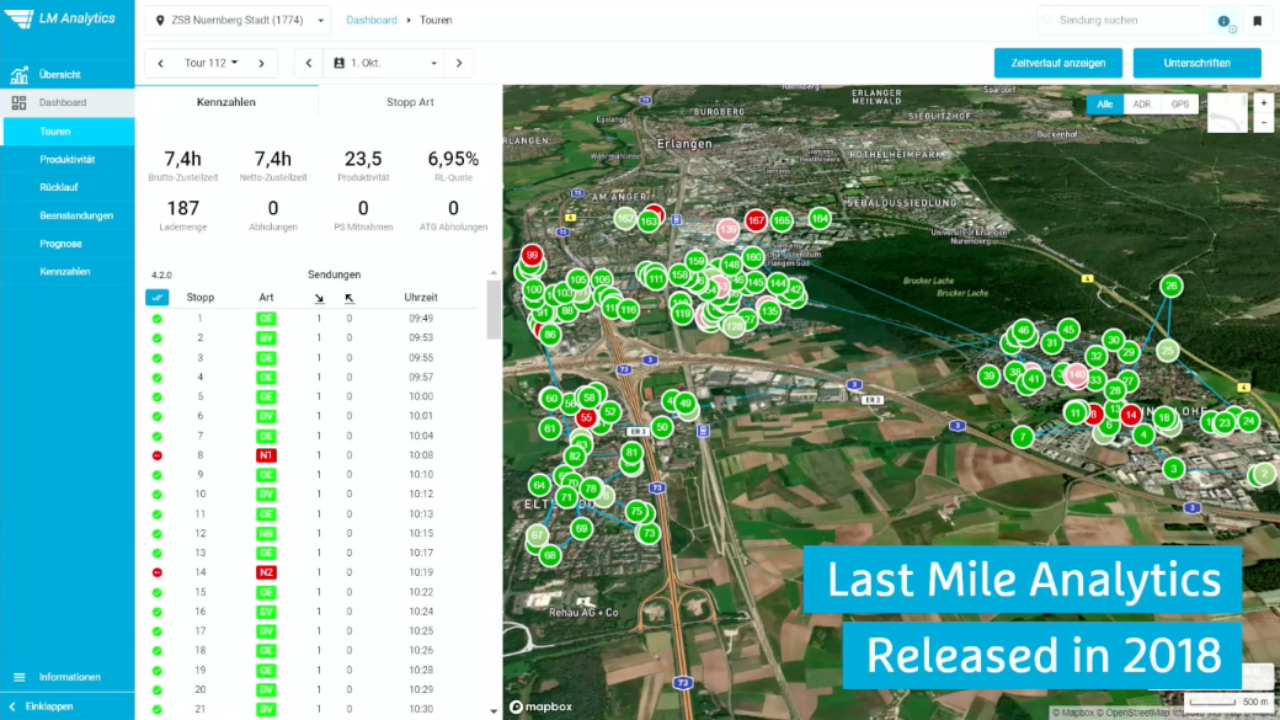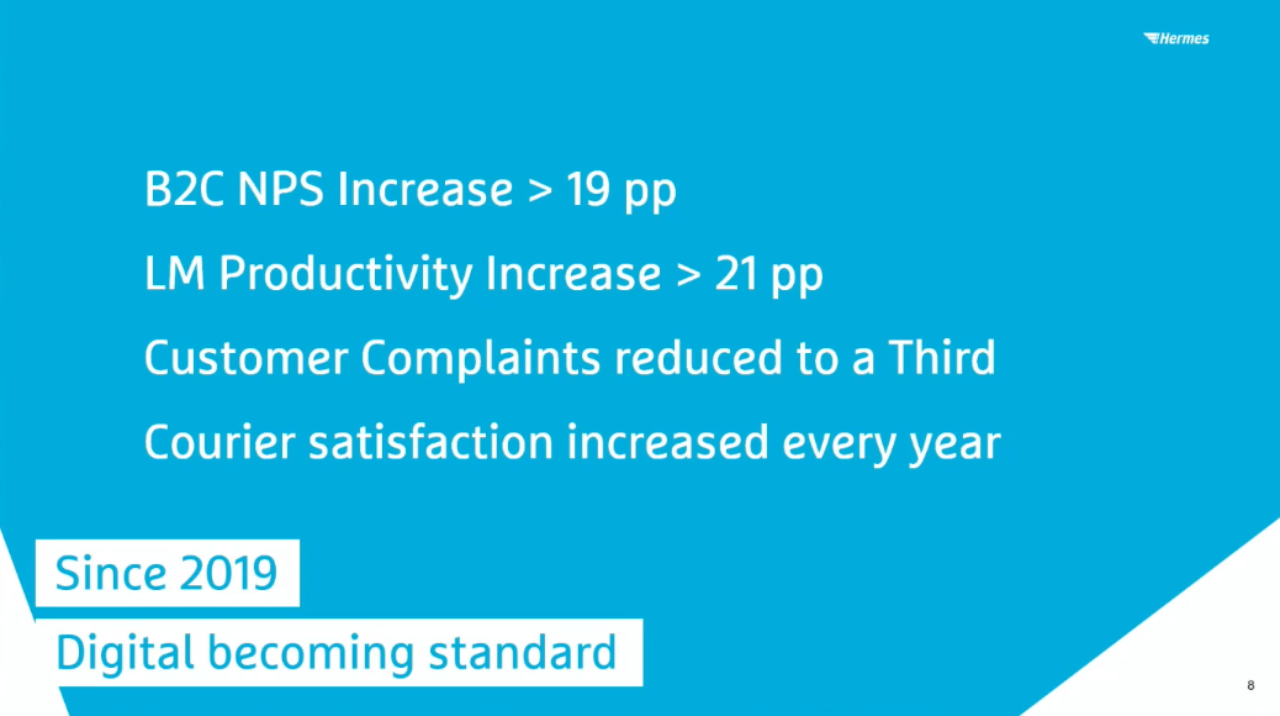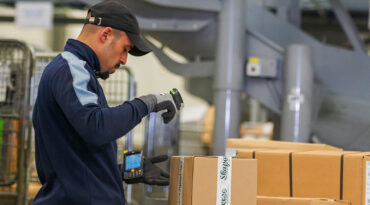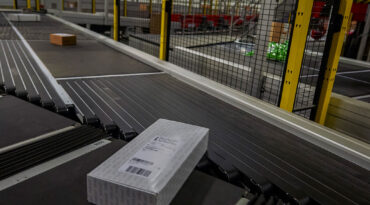By BEUMER Group
We talked with Tim Rudolph, Division Manager of Operations Development at Hermes about what it has achieved so far with its digital transformation and how digitalisation has changed its operations.
Embarking on a digital programme
In 2016, Hermes, a private parcel company that handles hundreds of millions of parcels per year, started to implement a digital transformation programme. According to Rudolph, the goals of the programme were to:
- Find the best digital ideas and business opportunities.
- Execute those ideas; make them happen on a small scale at least, to show the value of digitising Hermes’ processes.
- Develop or recruit the missing skills needed for that.
- Develop an agile culture that supports Hermes’ endeavours to digitalise its operations.
Finding business opportunities in digitalisation
In finding the right ideas and opportunities, Hermes realised that its digital efforts should not be an IT project. As Rudolph explains:
“Any transformation programme had to comprise a team from all divisions of the company – customer services, engineering, product management, strategy, IT, consulting, supply chain solutions and colleagues in the field. For us, making our programme an ‘all-hands exercise’ was the very definition of transformation.”
The role of this specially constituted team was to look for and assess opportunities and determine the likelihood of certain proposals succeeding and their cost-effectiveness.
According to Rudolph, the multi-functional team quickly recognised that e-commerce was driven by customer centricity and customer convenience. Hermes needed, therefore, to move away from being parcel-centric and put its customers at the middle of their processes. He says:
“This meant that in digitalising our operation, we needed to look to all of our customer contact points, our customers’ preferences and decide which we could develop to the advantage of both the company and our customers.”

